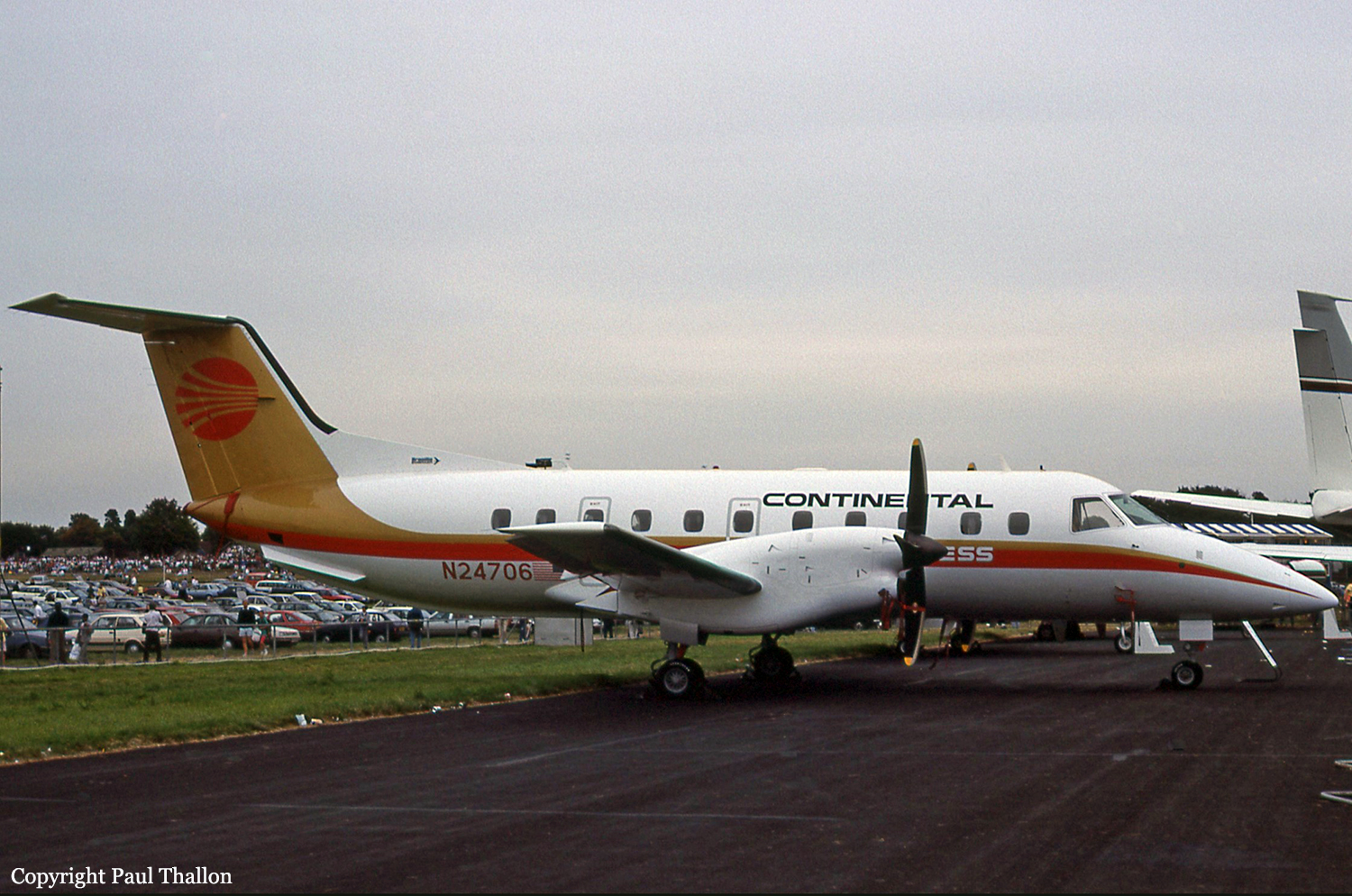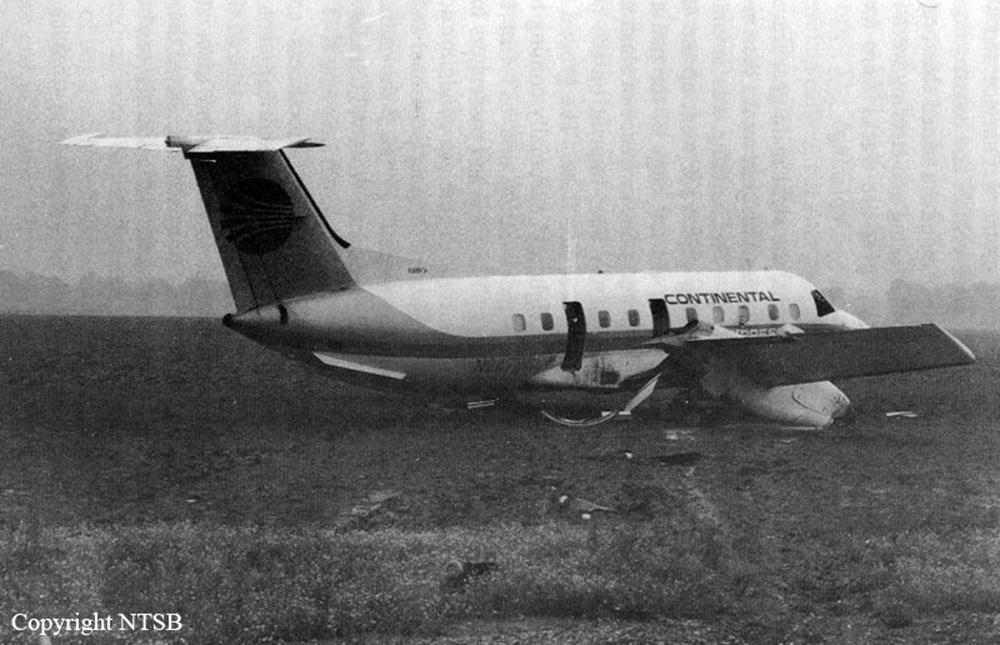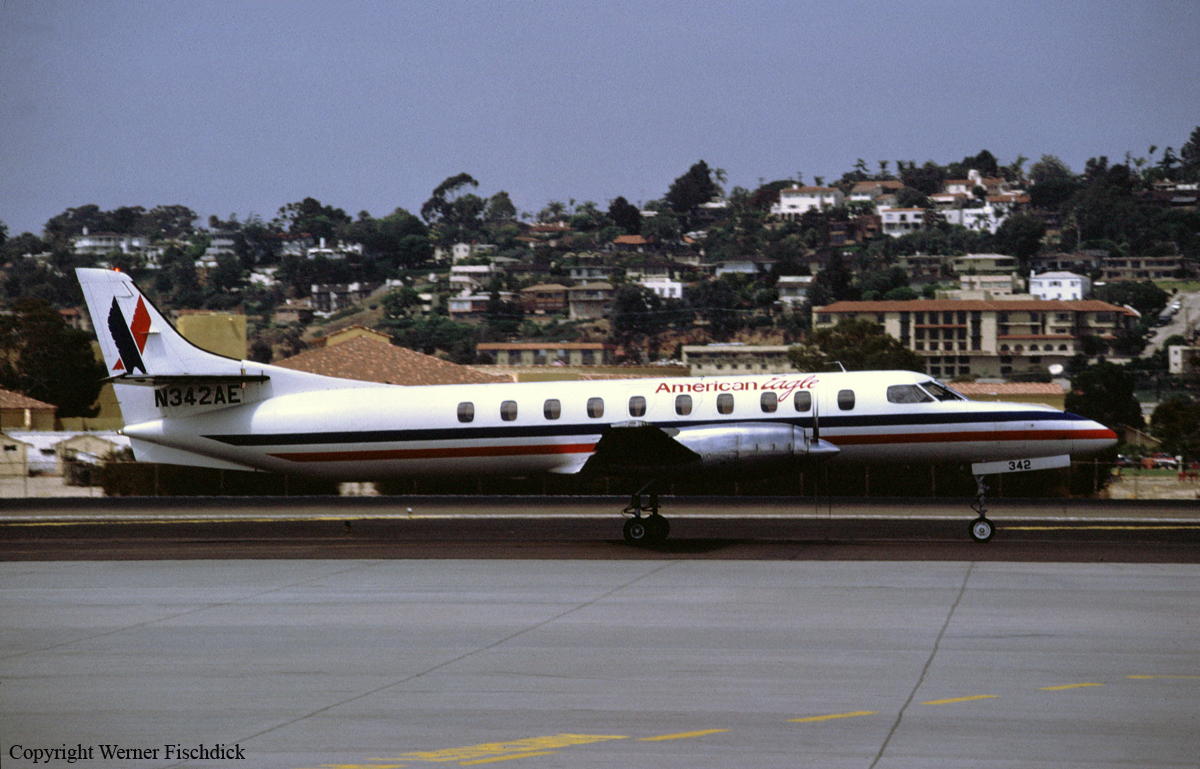Crash of a Cessna T303 Crusader in Rogers: 2 killed
Date & Time:
Nov 25, 1993 at 1804 LT
Registration:
N2297C
Survivors:
No
Schedule:
Arlington - Rogers
MSN:
303-00093
YOM:
1982
Crew on board:
1
Crew fatalities:
Pax on board:
1
Pax fatalities:
Other fatalities:
Total fatalities:
2
Captain / Total hours on type:
907.00
Aircraft flight hours:
1450
Circumstances:
The instrument rated private pilot departed on a night ifr cross country flight into forecasted icing conditions. During the approach at his destination airport, the pilot requested lower altitude to attempt to breakout from the weather. After being assigned 3,100 feet and obtaining a clearance for the ILS approach, the pilot cancelled ifr during descent and proceeded visually for the airport. The aircraft operated in an area of reported freezing rain and ice pellets, with fog and drizzle. Control was lost during the turn from base to final approach. Both occupants were killed.
Probable cause:
The pilot's continued flight into known adverse weather conditions, and the ensuing inadvertent stall. Factors were the icing conditions, the fog, the drizzle, the dark night light conditions, and the pilot's disregard for the forecasted weather conditions.
Final Report:






